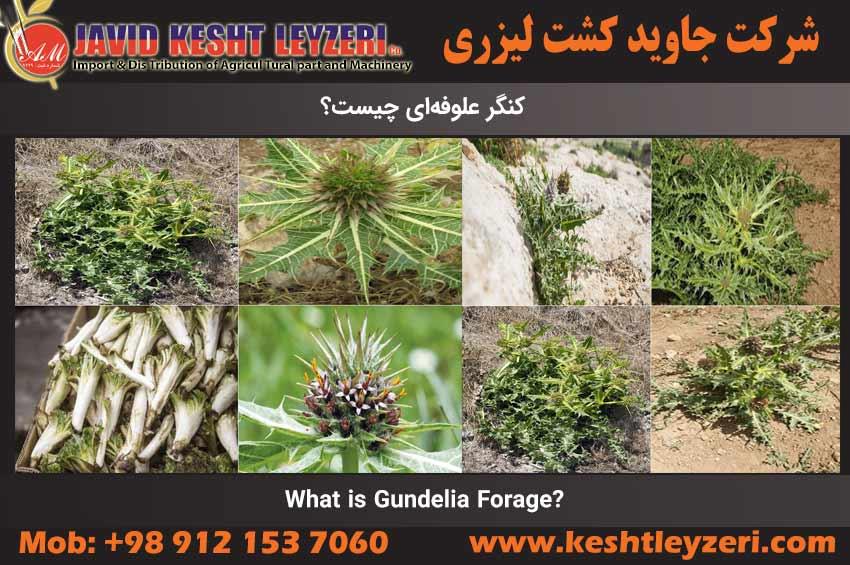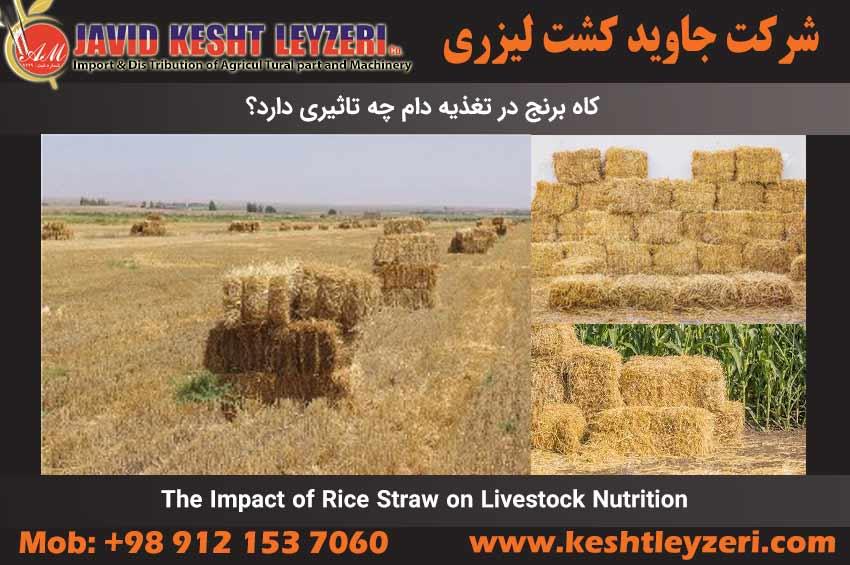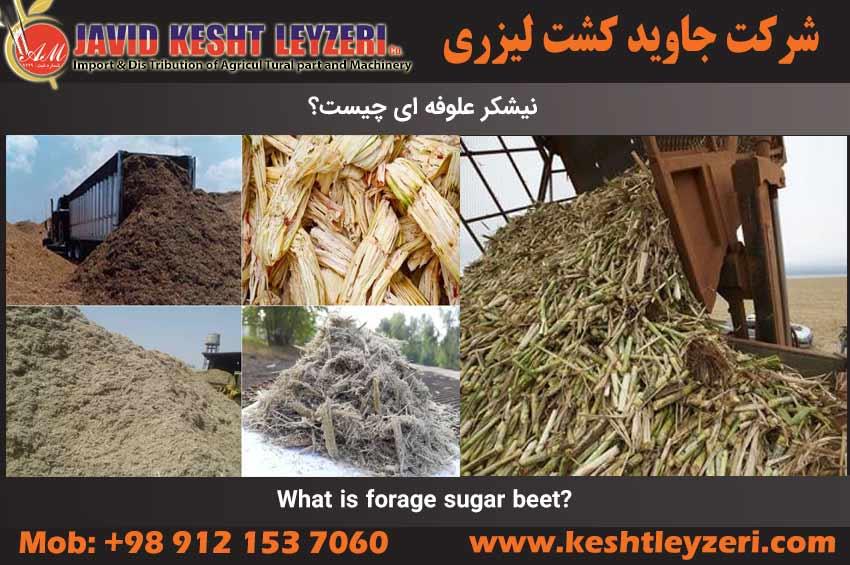- 27 Nov 2023
- 1092
What is Gundelia Forage?
Given the scarcity of livestock feed resources worldwide, the importance of identifying and processing new feed sources for livestock and poultry, and incorporating them into the nutritional regimes of animals, has become evident in the economic plans of advanced countries, particularly in Iran. Gundelia is a plant native to mountainous and semi-steppe regions of Iran, naturally proliferating in abundance. This plant is found in the Zagros region and extensive habitats in Asian countries, including Iran. For this reason, the identification and processing of suitable food sources for livestock have taken precedence. This allows producers to achieve an appropriate and cost-effective diet for their animals, addressing the protein needs of the community through increased meat and milk production, while reducing dependency on scarce resources.
- 26 Nov 2023
- 1190
The Impact of Rice Straw on Livestock Nutrition
Due to the limitations in livestock feed resources, there is an increasing inclination to utilize agricultural by-products, especially rice straw, in the nutrition of ruminants. Rice straw, ranking as the third-largest grain straw globally and holding the top position in Asia, plays a crucial role in meeting the nutritional needs of this category of animals. Considering the annual production of approximately 2.7 million tons of paddy straw in the country and the fact that each ton of paddy straw results in the production of around 0.5 to 1.5 tons of rice straw, the annual production of rice straw in the country reaches significant figures.
- 24 Nov 2023
- 961
What is forage sugar beet?
One of the fundamental challenges in livestock production is the problem of feed shortages and high costs of animal nutrition. Therefore, the necessity of using economical feed materials such as agricultural by-products (straw, husk, sugarcane tops, etc.) and by-products of agro-industries (molasses, sugar beet pulp, bagasse, and sugarcane tops and pits) in animal nutrition is felt. About 60% of the feed shortage exists in the country. An optimal solution to cover this shortage is to optimize the use of agricultural residues in general and, in particular, the use of sugar beet tops in Khuzestan province. A significant portion of sugar beet includes leaves and tops (at least 25% of the total plant weight) that remain in the field during sugar beet stem harvesting. The highest concentration of protein in sugar beet plants, which is concentrated in the green leaves, part of the tops, can be a significant nutritional source for livestock. The sugar content in sugar beet plays an essential role in providing usable energy for animals, making it an effective food source in animal nutrition. Sugar beet tops can be stored either as dry or as silage and used in the nutrition of dairy and beef cattle. Silaging sugar beet tops, along with adding nutritional supplements (such as molasses and urea), improves the quality and nutritional properties of the silage product.



